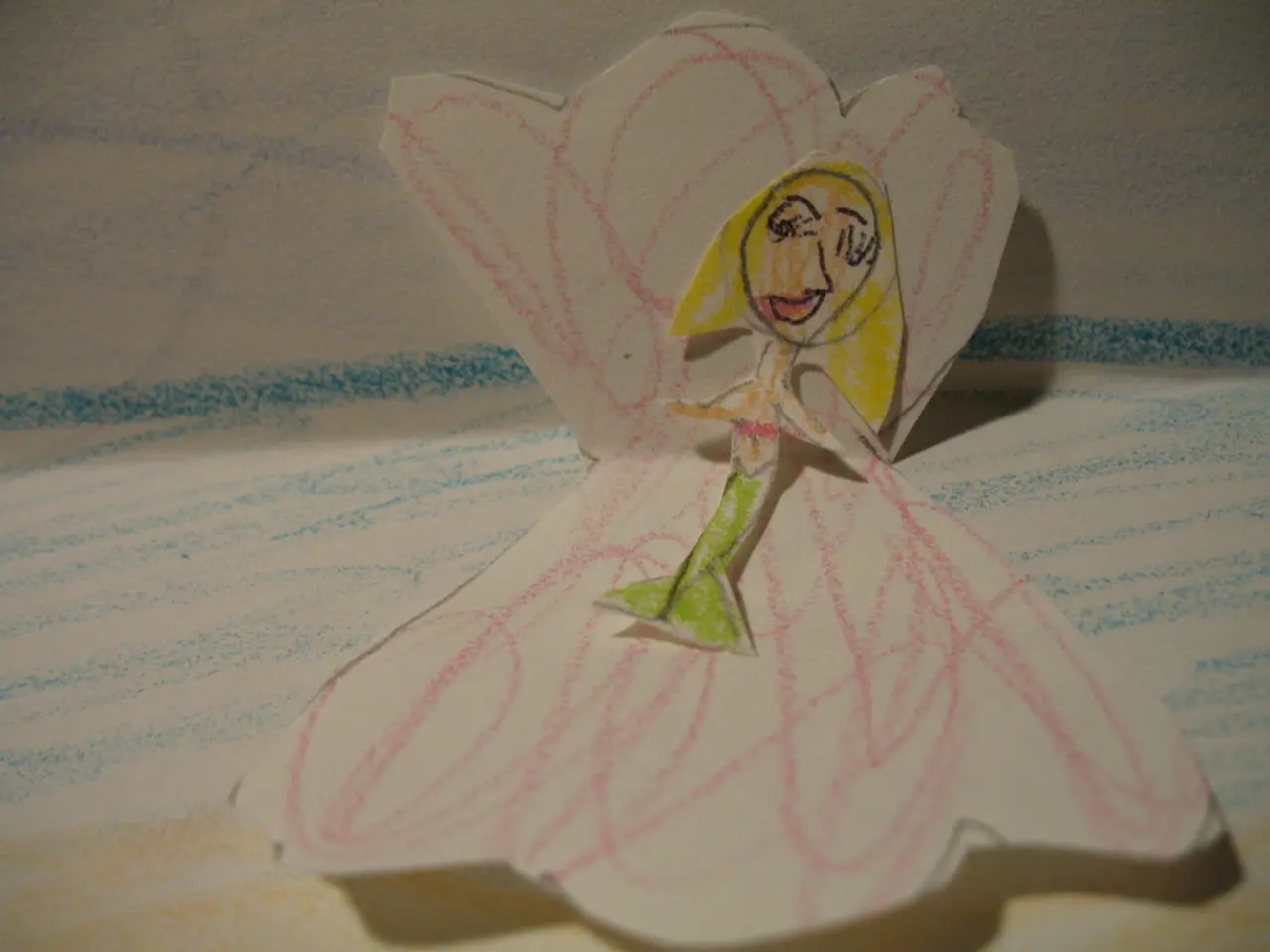Therapeutic art explorations: Understanding, applications, and mechanisms
Art therapy is a powerful tool that offers various benefits and can help address numerous physical, emotional, and psychological conditions. This therapeutic approach utilizes the creative process of making art to promote healing and well-being.
The Benefits and Conditions Addressed by Art Therapy
Art therapy has been shown to provide numerous benefits, including stress reduction and anxiety relief, mood improvement, self-awareness, and emotional expression. It aids individuals coping with chronic illnesses, supports patients undergoing surgery, chemotherapy, or radiation therapy, and promotes growth in those with autism spectrum disorders and those recovering from addiction.
Comparison to Other Creative Therapies
While art therapy shares many benefits with other creative therapies, such as emotional release, self-discovery, and stress management, its visual and tactile nature sets it apart. For instance, music therapy engages auditory and rhythmic pathways, drama therapy uses role-play and performance, dance/movement therapy focuses on the connection between movement and emotion, and poetry and writing therapy utilizes structured language.
Art Therapy in Clinical Settings
In clinical settings, these therapies can be used alone or in conjunction with traditional talk therapy to enhance treatment outcomes. They are accessible to people of all ages and can take place in educational, medical, and rehabilitation settings, as well as in private practices and mental health clinics.
A Safe Space for Expression and Growth
Art therapy provides a safe space for individuals to express their feelings and allows them to feel more in control over their lives. It is a process of self-discovery that allows individuals to explore their feelings and understand them through their artwork and subsequent discussion with an art therapist.
The Future of Art Therapy
The practice of art therapy is a relatively new development, with its roots tracing back to the 1940s. However, its effectiveness in improving people's well-being and helping improve or bring back an individual's functioning continues to grow. As research continues, art therapy is likely to become an increasingly important tool in mental health and human services.
In conclusion, art therapy is a versatile and effective approach to healing and well-being. Its unique visual and tactile nature, combined with its ability to address a wide range of conditions, makes it an invaluable tool in the field of mental health. For those who find other forms of therapy difficult or ineffective, art therapy, music therapy, dance therapy, drama therapy, poetry therapy, and expressive therapy could be excellent options to try as adjunctive treatments.
The unique aspects of art therapy, rooted in its visual and tactile nature, set it apart from other creative therapies such as music, drama, dance, poetry, and writing therapy. Art therapy is not only an effective tool for stress reduction, anxiety relief, mood improvement, self-awareness, and emotional expression, but also aids individuals dealing with various conditions like chronic illnesses, autism spectrum disorders, and addiction recovery. As research progresses, art therapy's significance in mental health and human services is expected to increase, offering a potential solution for those who find other therapeutic approaches difficult or ineffective.








